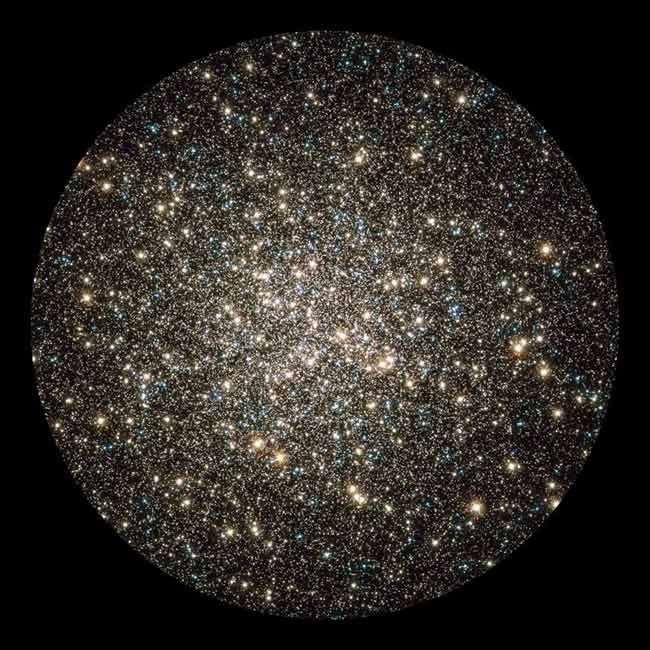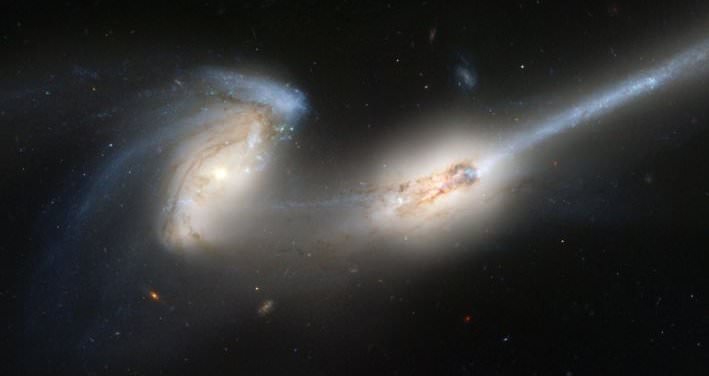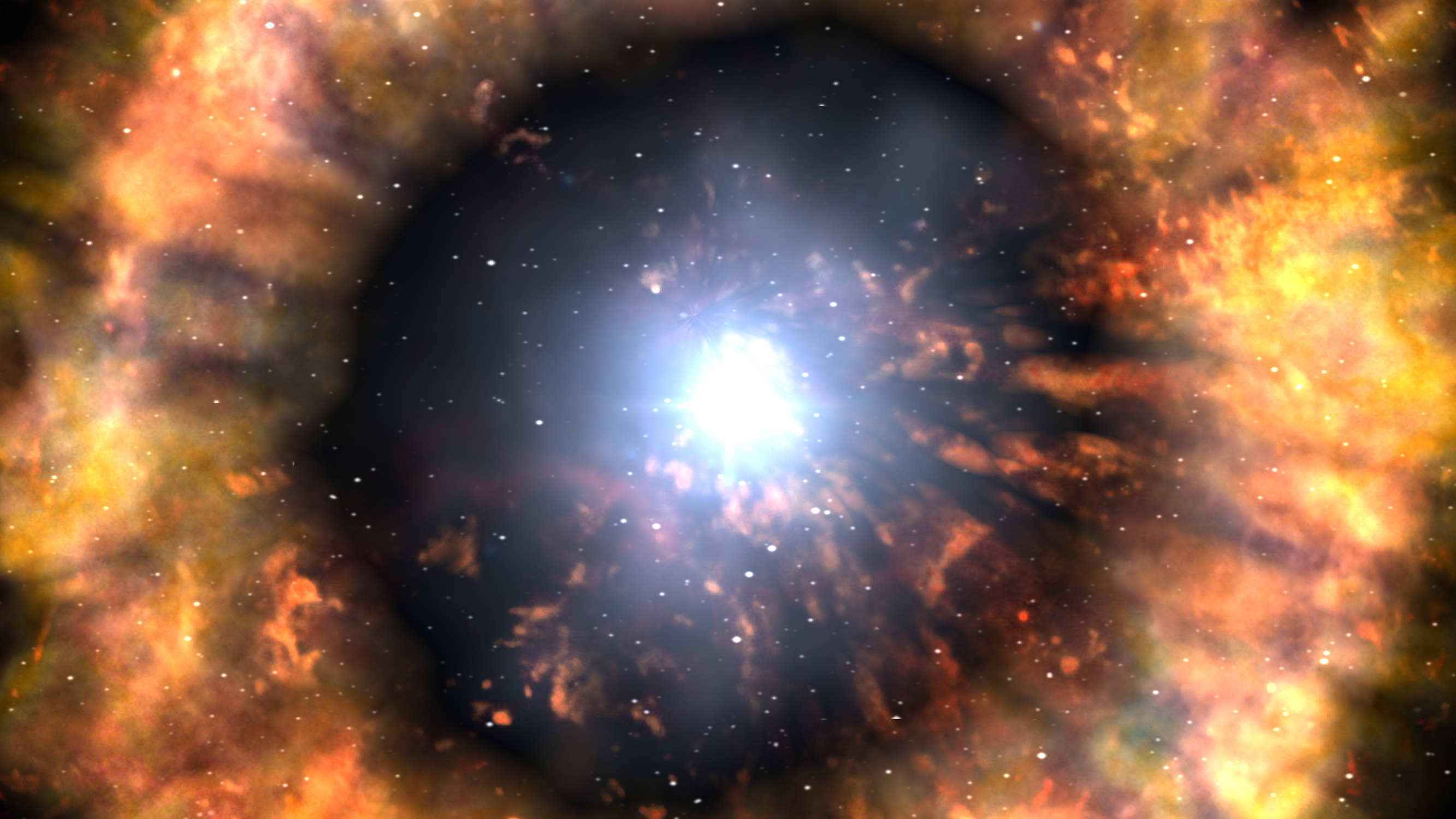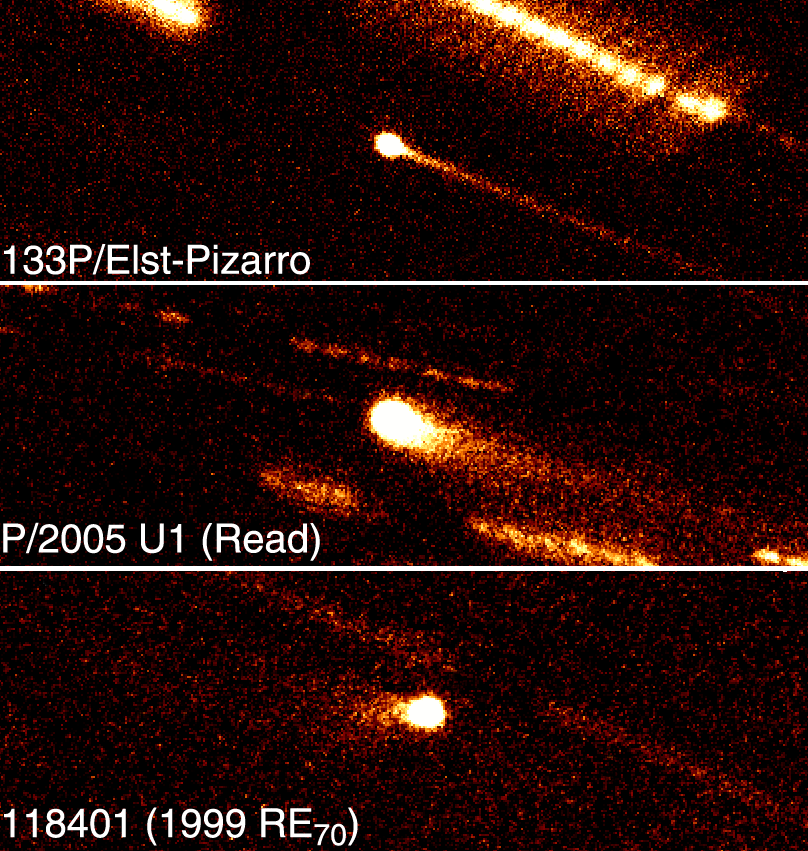[/caption]
The classical scenario for creating Type Ia supernovae is a white dwarf star accreting mass from a nearby star entering the red giant phase. The growing red giant fills its Roche lobe and matter falls onto the white dwarf, pushing it over the Chandrasekhar limit causing a supernova. However, this assumes that the white dwarf is already right at the tipping point. In many cases, the white dwarf is well below the Chandrasekhar limit and matter piles up on the surface. It then ignites as a smaller nova blowing off most (if not all) of the material it worked so hard to collect.
A new paper by a group of European astronomers considers how this cycle will affect the overall accumulation of mass on the white dwarfs which undergo recurrent novae. In a previous, more simplistic 1D study (Yaron et al. 2005) simulations revealed that a net mass gain is possible if the white dwarf accumulates an average of 10-8 times the mass of the Sun each year. However, at this rate, the study suggested that most of the mass would be lost again in the resulting novae, and even a minuscule gain of 0.05 solar masses would take on the order of millions of years. If this was the case, then building up the required mass to explode as a Type Ia supernova would be out of reach for many white dwarfs since, if it took too much longer, the companion’s red giant phase would end and the dwarf would be out of material to gobble.
For their new study, the European team simulated the case of RS Ophiuchi (RS Oph) in a 3D situation. The simulation did not only take into consideration the mass loss from the giant onto the dwarf, but also included the evolution of the orbits (which would also influence the accretion rates) and varied rates for the velocity of the matter being lost from the giant. Unsurprisingly, the team found that for slower mass loss rates from the giant, the dwarf was able to accumulate more. “The accretion rates change from
around 10% [of the mass of the red giant] in the slow case to roughly 2% in the fast case.”
What was not immediately obvious is that the loss of angular momentum as the giant shed its layers resulted in a decrease in the separation of the stars. In turn, this meant the giant and dwarf grew closer together and the accretion rate increased further. Overall they determined the current accretion rate for RS Oph was already higher than the 10-8 solar masses per year necessary for a net gain and due to the decreasing orbital distance, it would only improve. Since RS Oph’s mass is precipitously close to the 1.4 solar mass Chandrasekhar limit, they suggest, “RS Oph is a good candidate for a progenitor of an SN Ia.”


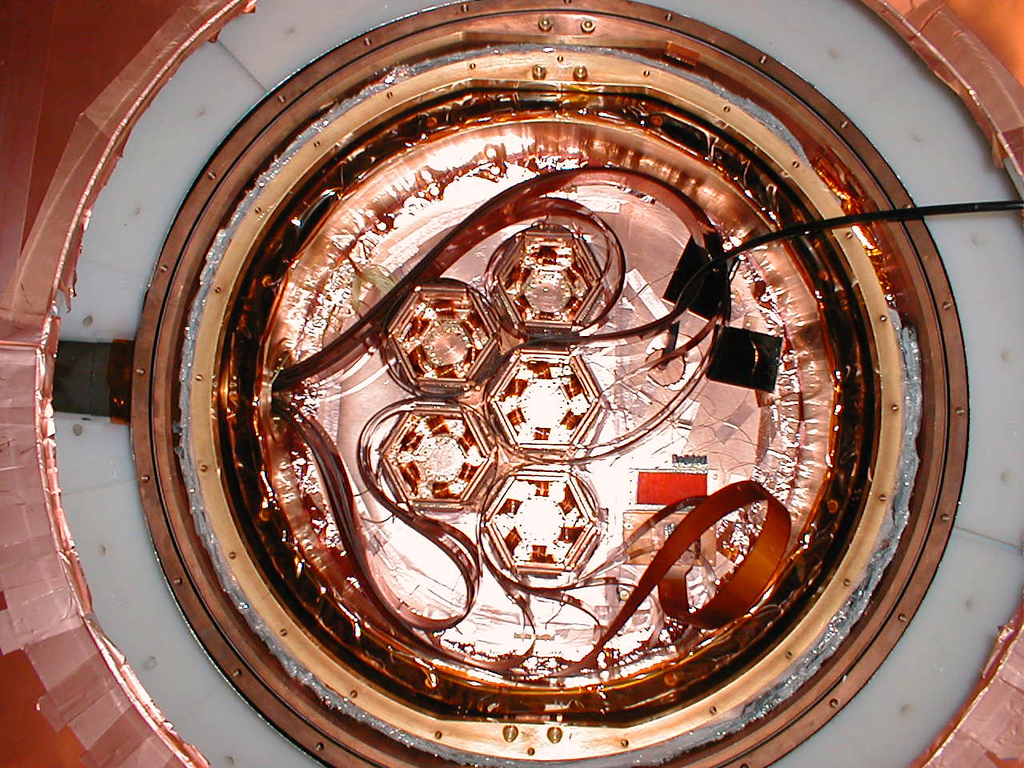
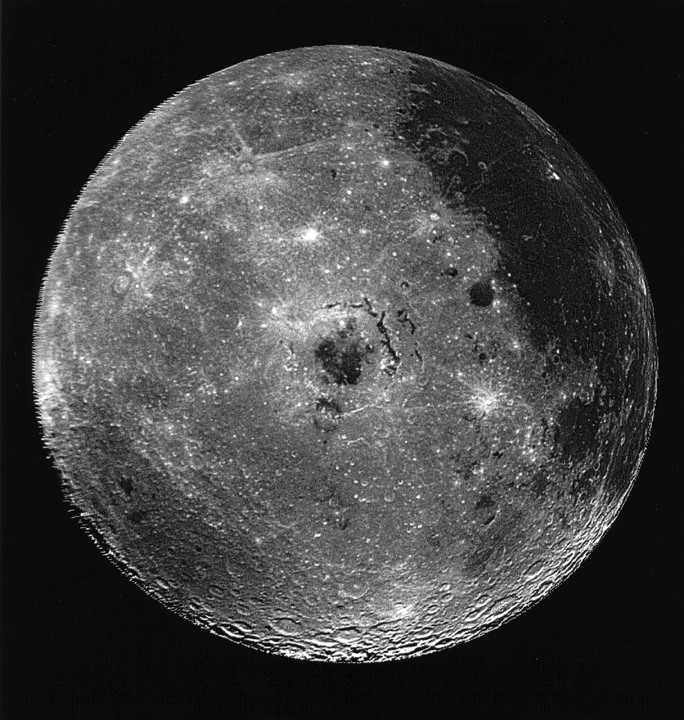
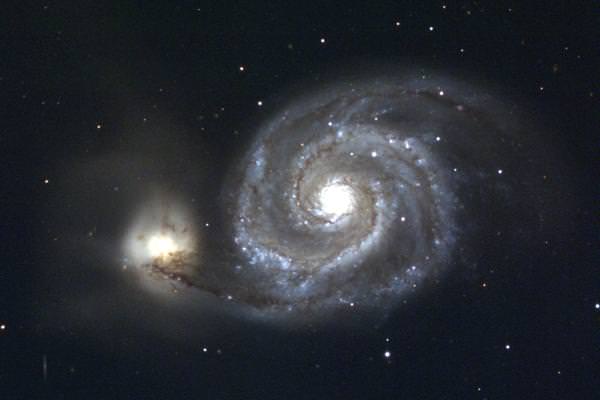
 To model the interaction, they began with a model of a simple galaxy with a mass distribution (broken into a disc, bulge, and halo) similar to that for M51. Their initial galaxy was initially free of spiral structure, but “gravitational instabilities in the stars [Note: as opposed to the galactic gas. Not in individual stars.] produce a multi-armed” and patchy spiral structure (known as a flocculent spiral). This flocculent nature was first predicted in a
To model the interaction, they began with a model of a simple galaxy with a mass distribution (broken into a disc, bulge, and halo) similar to that for M51. Their initial galaxy was initially free of spiral structure, but “gravitational instabilities in the stars [Note: as opposed to the galactic gas. Not in individual stars.] produce a multi-armed” and patchy spiral structure (known as a flocculent spiral). This flocculent nature was first predicted in a 

